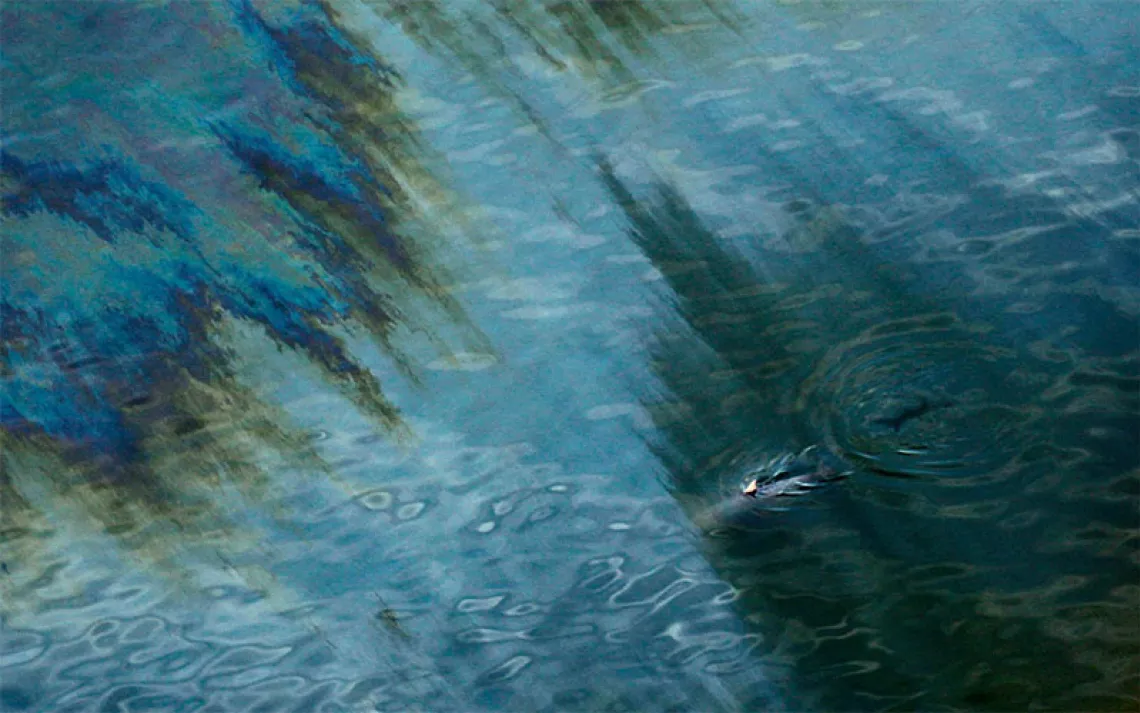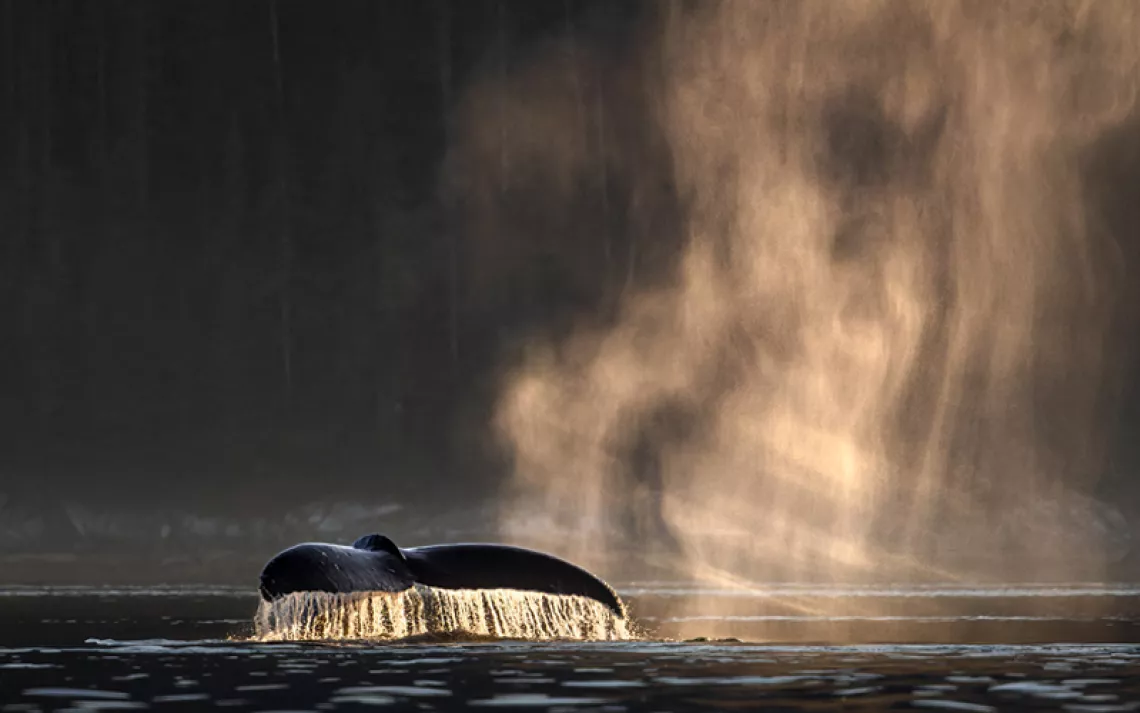Return of the Blob: Marine Heat Wave Wreaks Havoc in the Pacific
A weather formation five times the size of Alaska threatens sea lions

Rescued sea lion pups at the Pacific Marine Mammal Center | Photo by AP Photo/Jae C. Hong
In early 2015, starving sea pups started washing up on California beaches at more than 10 times the usual rate, setting rescue staff into a frenzy and overwhelming facilities. Scientists attributed the record number of strandings to an unprecedented marine heat wave off the West Coast of the United States. Nicknamed “the blob” for its large size and shape, the heat wave encompassed over 10 million square kilometers―easily the largest heat wave in recorded history.
Now, a new heat wave resembling the 2014–15 “blob” has formed in the Pacific Ocean. The latest satellite data suggests the heat wave, which stretches from Alaska to the Baja peninsula to Hawaii, encompassed a breathtaking 8.7 million square kilometers at its maximum size.
“We are talking at least four to five times bigger than the state of Alaska. So, it is huge,” said Andrew Leising, a research oceanographer with the National Oceanic and Atmospheric Administration (NOAA). “The typical size of a heat wave over the last 40 years is only about 1.5 to 2 million kilometers squared, so these are really big outliers.”
If the dire ecological consequences resulting from the last “blob” are any indication, this year’s warm water could have devastating effects on marine life. Following the 2014–15 heat wave, millions of cod disappeared from waters near southern Alaska. Algal blooms caused toxins to accumulate in the bodies of fish and shellfish, poisoning birds and other predators and closing down fisheries. Whales, feeding closer to shore than usual to find prey, became entangled in fishing gear.
This year’s heat wave could be just as deadly. Some of the ramifications―like sea pup strandings―won’t occur until spring and summer. Other consequences, like coral bleaching off the coast of Hawaii, are already in full swing.
“Places around Oahu, Maui, and the west coast of the Big Island are all showing signs of bleaching,” said Jamison Gove, an oceanographer with the NOAA.
Coral bleaching―or the shedding of microscopic algae that live in the tissue of corals―occurs when corals are exposed to high levels of stress. Coral rely on algae for their food and vibrant color. Without algae, they can barely survive―“It’s like coral on life support,” Gove said.
During the 2014–15 episode, the prolonged heat caused bleaching at levels approaching 100 percent in some places. Levels of bleaching this year depend on how long the elevated water temperatures persist.
“It’s unclear how this particular event is going to unfold . . . in certain areas we expect to see upwards of 50 percent plus coral bleaching, as a rough estimate,” Gove said.
This year’s marine heat wave comes on the heels of the 2014–15 event, hitting coral in the infant stages of recovery. According to Gove, even the fastest-growing coral takes 10 to 15 years to bounce back from bleaching events.
Off the coast of Washington, scientists are observing another deadly effect of the 2014–15 heat wave―the formation of toxic algal blooms, which has put a halt to shellfish harvesting.
Nevertheless, there are important differences between this year’s marine heat wave and the last one. Heat wave conditions back in 2014–15 penetrated almost 400 feet deep. This year, warm water only plunges to depths of 60 to 100 feet, meaning seasonal winds could break up the heat wave soon.
“If we do get the normal kind of storms, it will dissipate,” Leising said.
Unfortunately, reoccurring heat waves like this may be the new norm. This latest heat wave in the Pacific coincides with the release of yet another alarming report from the UN’s Intergovernmental Panel on Climate Change―this one, on climate change and the ocean. The report finds that the “frequency of marine heat waves have very likely doubled . . . since 1982 and are increasing in intensity.”
“Marine heat waves have been around in the past, and they will be around in the future,” Gove said, “but climate change is making them more severe and frequent.”
 The Magazine of The Sierra Club
The Magazine of The Sierra Club



